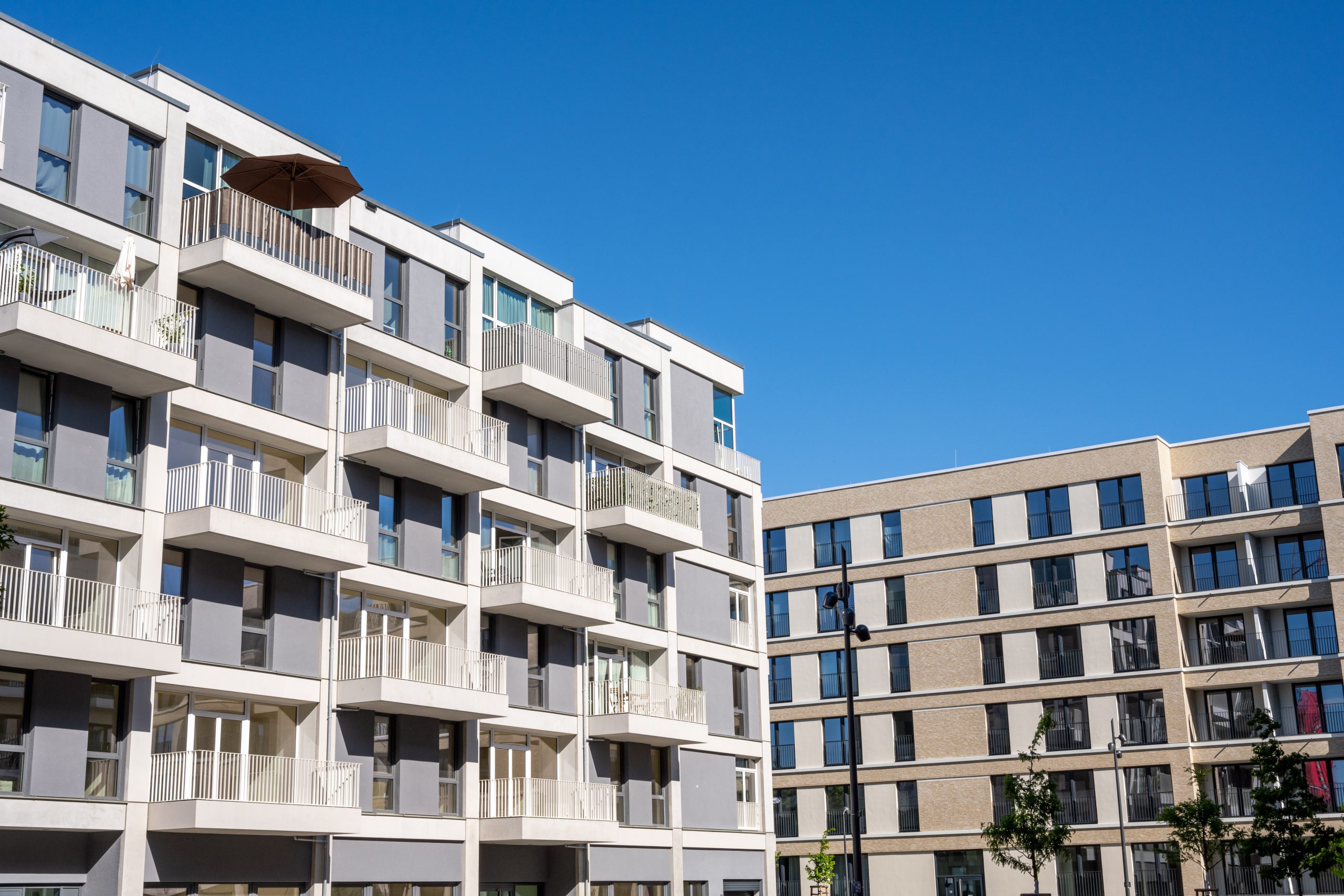For accredited investors, multifamily properties—especially in the 2–20 unit range—are an attractive niche. They combine the cash flow of rentals with the value-add potential of commercial real estate. In California, where single-family homes are highly competitive and often yield thin margins, small to mid-size apartment buildings are a way to scale income and equity more efficiently.
But here’s the challenge: banks are cautious. Properties with deferred maintenance, partial vacancies, or rent control complexities often fall outside conventional underwriting. That’s where a multifamily hard money loan steps in, giving investors a private lending bridge to seize opportunities, add value, and refinance later into long-term debt.
What Is a Multifamily Hard Money Loan?
A multifamily hard money loan is short-term financing provided by a private lender. Instead of relying on tax returns, W-2s, or extensive financials, the lender looks at:
- The property’s current value
- The after-repair value (ARV)
- The borrower’s equity position
- The exit strategy (sale, refinance, or cash flow hold)
Typical loan features:
- Term: 6–24 months
- LTV: 60–70% of purchase price or ARV
- Interest rate: 9–12% (interest-only)
- Points: 1–3% upfront
- Funding speed: 5–10 business days
Why 2–20 Unit Properties Are a Sweet Spot
- Too big for most residential buyers, too small for institutional investors. This creates less competition and more value for entrepreneurial investors.
- Income diversification. A vacancy in one unit doesn’t sink the property’s cash flow.
- Scalable rehab. Improvements (new kitchens, HVAC, roofs) increase both rents and ARV across multiple units at once.
- Favorable DSCR refi options. Once stabilized, properties can often qualify for DSCR loans based on income, not personal financials.
When to Use a Hard Money Loan for Multifamily
1. Acquisition of Distressed or Undervalued Properties
Banks shy away from apartments with:
- Significant deferred maintenance
- Low occupancy rates
- Rent rolls below market
Private lenders focus on the upside. If you can demonstrate ARV and rental projections, a hard money loan gets you in the door.
2. Rehab and Value-Add Projects
Investors often buy underperforming assets, renovate units, and increase rents. Hard money lenders provide:
- Acquisition funds
- Construction or rehab draws
- Bridge time until you refinance or sell
3. Bridge to DSCR or Agency Financing
Many accredited investors use a two-step strategy:
- Hard money to acquire and rehab
- Exit into DSCR or agency debt (Fannie/Freddie small-balance multifamily) once stabilized
This approach converts short-term private capital into long-term passive income.
4. Partner Buyouts or Portfolio Restructuring
Need to buy out a partner or reposition your ownership? Private apartment lenders can move fast, avoiding lengthy bank approval processes.
Example: Multifamily Hard Money in Action
📍 Los Angeles, CA
- Investor acquires 12-unit apartment for $3.2M
- Property 50% occupied, major plumbing and roof issues
- Bank financing unavailable
Hard Money Terms:
- Loan: $2.1M (65% LTV)
- Term: 12 months
- Rehab budget: $400,000
Exit Plan:
- Rehab completed in 9 months
- Rents increased from $1,100 avg to $1,850 avg
- DSCR refi at $4.5M valuation → investor refinances into agency debt
Result: Stabilized property, long-term financing secured, equity unlocked.
Risks and How to Manage Them
Hard money is powerful—but not without risks:
- Short term = tight timeline. Exit planning is non-negotiable.
- Carrying costs. Even at interest-only, monthly payments on larger loans can be significant.
- Regulatory complexity. California rent control and tenant laws can delay rehab and turnover.
Mitigation tips:
- Always build a 3–6 month cushion into your timeline.
- Stress-test rents and ARV with conservative assumptions.
- Work with lenders who understand California multifamily regulations.
What Accredited Investors Should Ask an Apartment Private Lender
- What LTV can you offer on multifamily in my market?
- Do you fund rehab draws, and how are they disbursed?
- How quickly can you close?
- Do you allow cross-collateralization with other assets?
- What exit strategies have other multifamily borrowers used successfully?
Why Work With Lending Bee on Multifamily
At Lending Bee, we’ve helped California investors acquire, rehab, and reposition 2–20 unit apartment buildings. Here’s what sets us apart:
- 5–7 day closings—critical in competitive multifamily deals
- Rehab-friendly loan structures for value-add projects
- California expertise—we know rent control, tenant laws, and local permitting timelines
- Exit planning guidance—helping you bridge to DSCR, agency, or portfolio financing
We don’t just fund deals—we help accredited investors scale multifamily portfolios with confidence.
Wrapping up
Multifamily investing is one of the most reliable ways for accredited investors to build long-term wealth. But the best opportunities often require speed, flexibility, and vision—things banks don’t provide.
A multifamily hard money loan from an experienced apartment private lender can unlock these deals, letting you buy, rehab, and stabilize income-producing properties quickly. With the right exit strategy, short-term private capital becomes the foundation for long-term wealth.
Want a custom term sheet for your next 2–20 unit property? Apply here.
